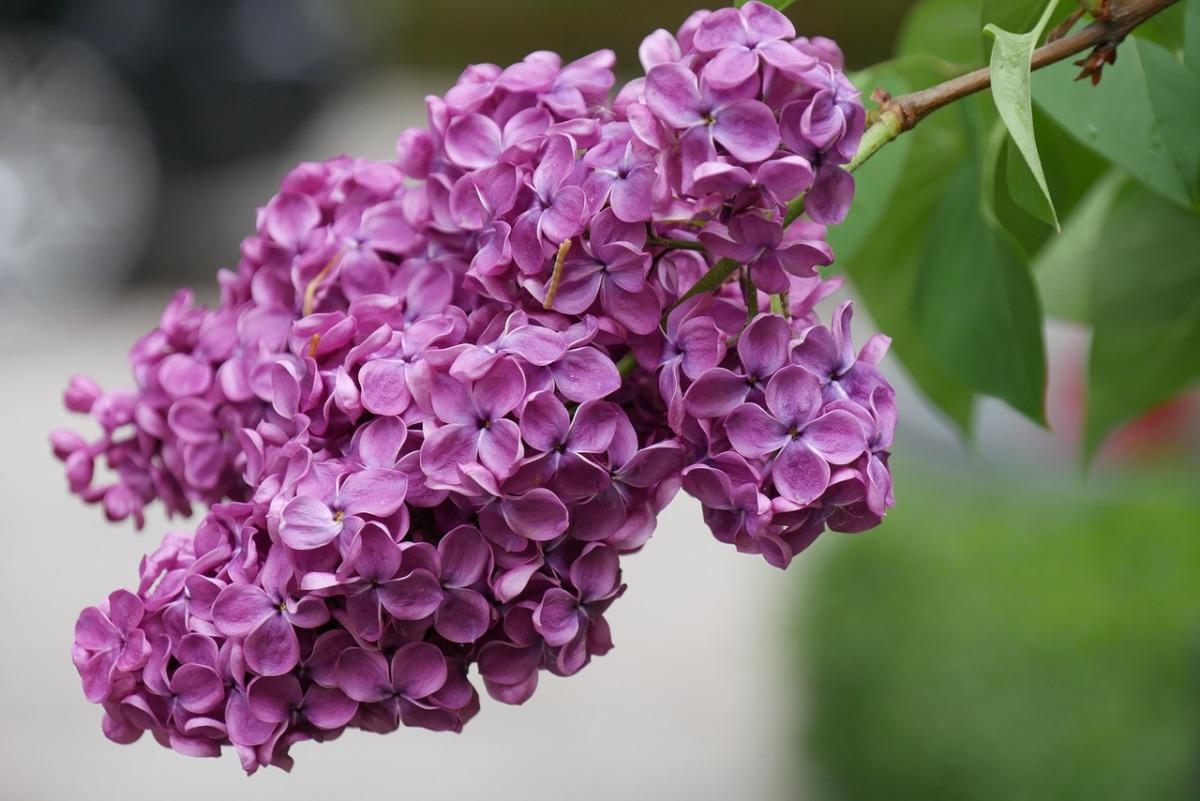
With the onset of spring, lilac pleases the eye with large racemes or paniculate flowers that emit a strong, pleasant smell.
Yes, and the shrub is very juicy green color until the cold weather retains its foliage. The timing of flowering of this shrub species depends on the selected type of lilac. I grow ordinary lilac, and the beginning of its flowering falls on the end of May — beginning of June.
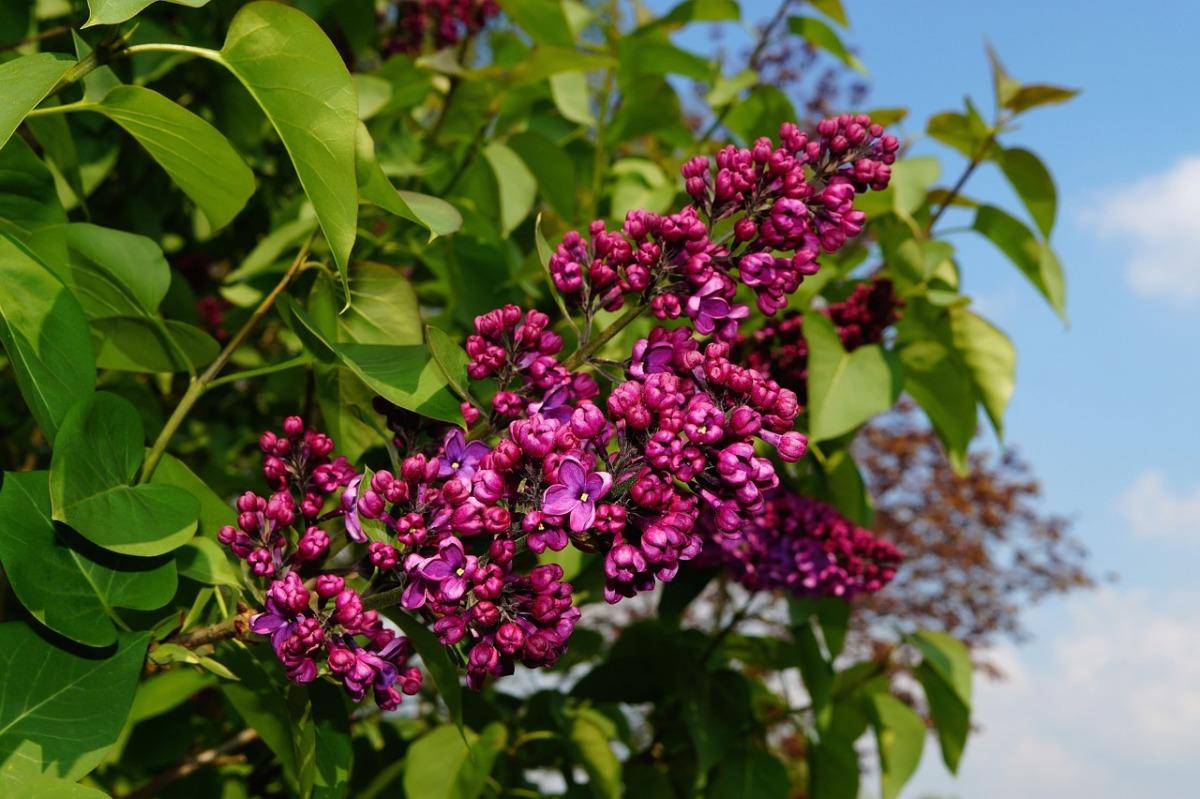
Planting of Lilac
Choosing the soil and plot for lilac
Lilac is very easy to take in a new place, no additional effort is required.
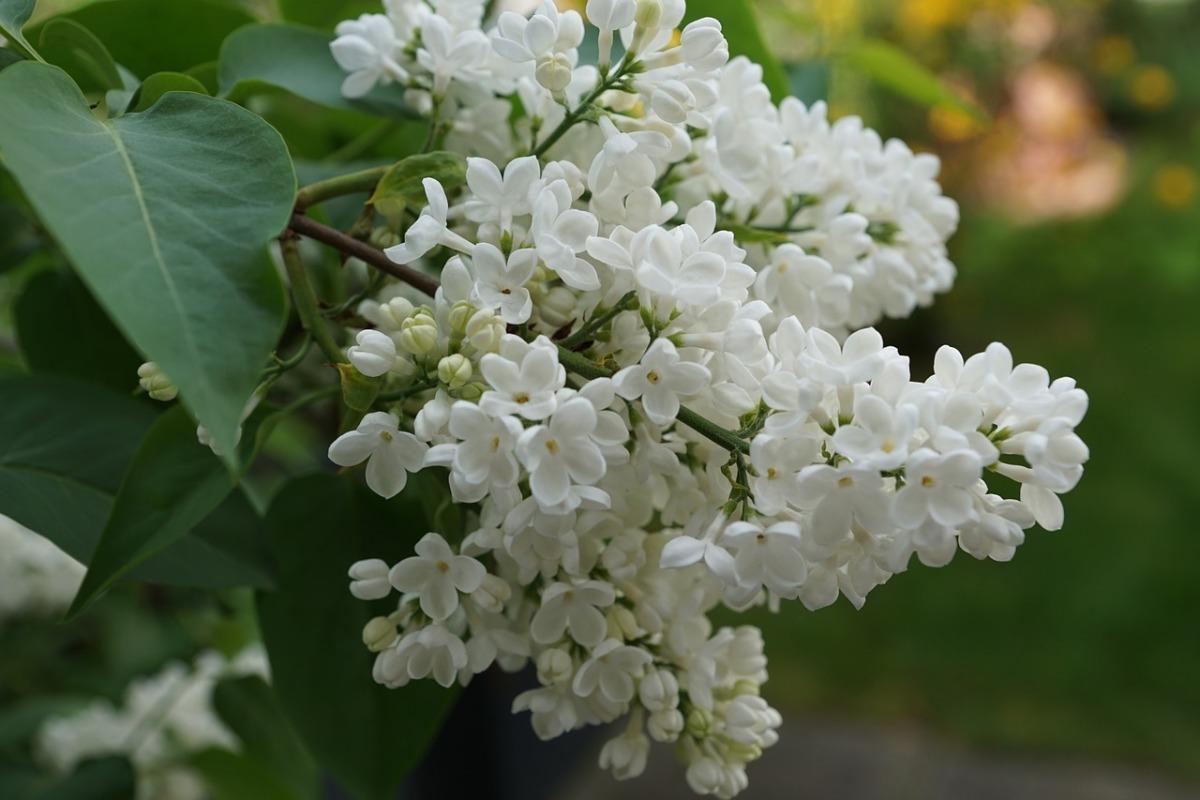
- The ground is approaching neutral. If the soil is acidic, it should be treated with lime or dolomite flour. This should be done every 3 years.
- Ground water must pass at a depth of at least 1.5 m (1.6 yard), as for most plants and shrubs.
- It is advisable to choose a sunny place for lilac, flat or with a slight slope. However, the plant also tolerates partial shade, but it blooms much more abundantly in the sun. If the place is blown by cold winds, it makes sense to choose a place with less cold air.
- Lilac is good because in winter it does not need to be hidden, as it is very hardy. The simplicity of lilac is indicated by the fact that it can grow on mountain slopes, where the soil is heavy and strong winds blow.
- Swampy and moist soil for lilac is contraindicated and clay soil is not recommended for it.
When to plant lilacs
It is best to plant lilacs in late August-early September. Before the onset of cold weather, there is still time for the plant to take root, and the lilac during this period of time is in a relaxed state from flowering and vegetation.
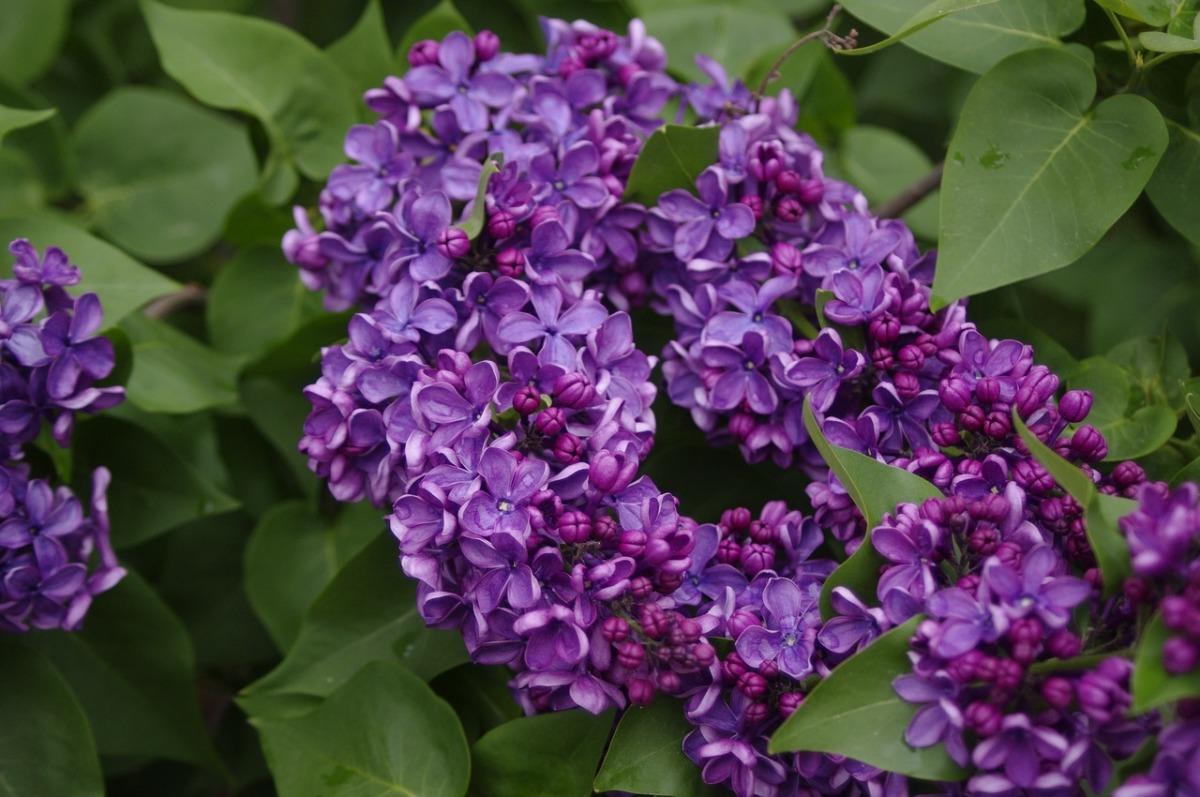
Increased timeliness of planting can serve as foliage. If the leaves have fallen off, you are late with the planting. If you planted lilacs late, and soon the cold weather, then you need to mulch the tree trunks. This can be done with sawdust, peat, leaves. This will save you from the rapid freezing of the soil. With the onset of spring, the mulch is removed so as not to delay the thawing of the earth.
If you have already dug up the lilac, but it is frosty, bury the lilac in an inclined state, like fruit trees, and leave it in this state until spring. In this case, prepare the pits for spring planting from the fall, because the earlier in the spring you plant the lilac, the faster it will take root. A prerequisite is that you must plant it before the buds swell, otherwise there is a risk of death of the plant.
Landing in the pit
Usually lilac seedlings are planted in the ground to a depth where the root neck is at the level of the soil. The exception is the varieties grafted on ordinary lilac. In this case, the root neck should be 2-3 cm (0.8-1.2 inch) above ground level to reduce or prevent the growth of lilac that emerges from the stem.
Pits with good fertile land make 50x50cm (1.6×1.6 foot), directly during planting prepare the soil mixture, adding organic fertilizers and wood ash. For better survival, you can plant lilacs in the evening, when it is cooler.
Buy lilac seedlings with a closed root system, in this case there will be no problems with planting and care. Seedlings with an open root system are not a verdict, but they are worse than the root ones and will require more care.
Care lilac
Lilac is a very undemanding plant. The general recommendations for care are the same as for most flowering shrubs.
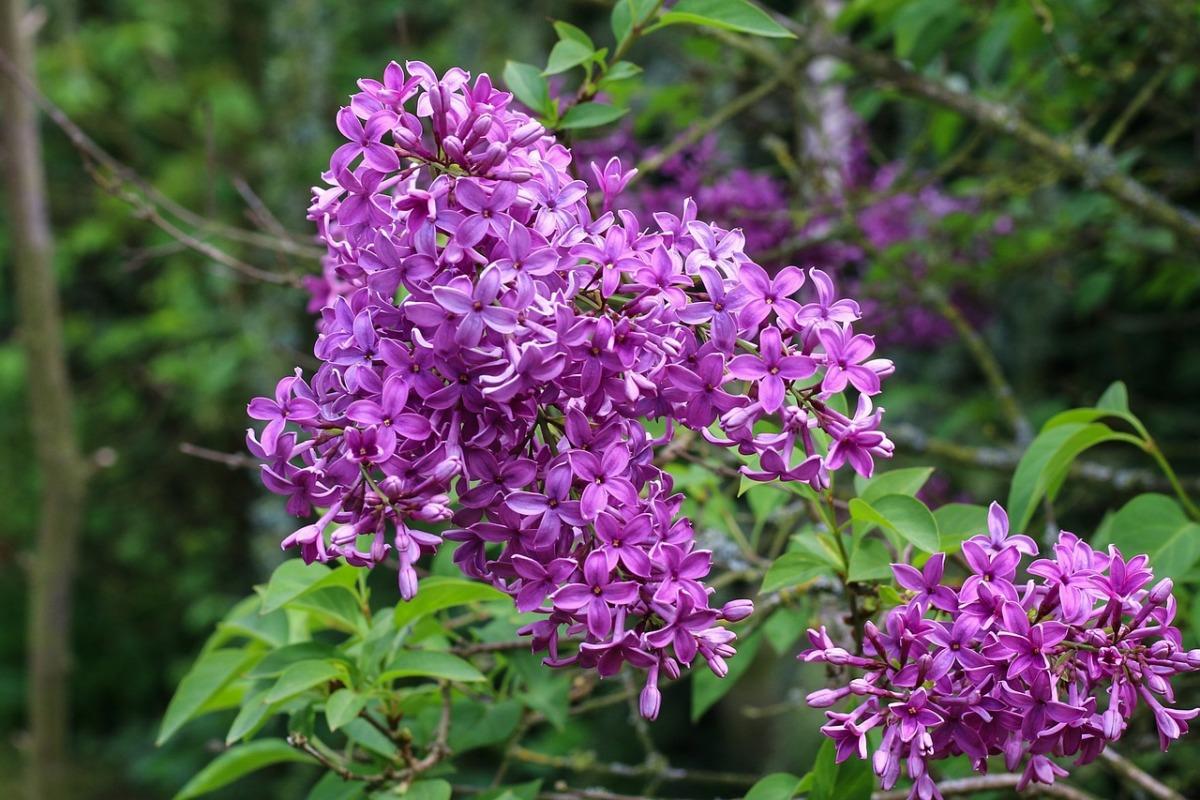
Watering
After planting, the mulch and soil are plentifully watered, then watered as the soil dries. Lilac grows and blooms well with sufficient moisture.
In May-June, water is more abundant, because the plant begins to bloom and requires more moisture. But you can not fill the bush to puddles.
Since mid-July, lilacs are no longer watered, so as not to provoke the awakening of the kidneys.
Fertilizer and top dressing for lilac
If you have applied a sufficient amount of fertilizer when planting in the planting hole, then you can not fertilize the soil for about 3 years, if the plant does not need it.
Your further top dressing will consist in the use of organic (manure, bird droppings, compost) and mineral fertilizers (phosphorus-potassium in August every 2-3 years, ammonium nitrate when snow falls).
When the plant is gaining strength and actively growing, you can spray the leaves with mineral fertilizers.
Pruning lilacs
- Faded brushes should be cut off immediately after flowering, which is due to the fact that flower buds are formed on summer shoots. If you cut off the wilted inflorescences in the fall, the lilac will not bloom next spring.
- If the siren requires sanitary pruning, it does not matter what time of year it is carried out, but it is still better in the spring.
- To update the old branches of an adult lilac with new ones, do it gradually, cutting out 1-2 old branches in the spring.
- Many gardeners make pruning lilac cultural. To do this, leave the main 6 or more branches at some distance from each other to give the bush spreading, and all the others are cut off in the same way as those on the inside of the bush, that is, cut out completely. It gives shape and a beautiful appearance when flowering. Such pruning is desirable to carry out every spring until the buds swell.
Reproduction lilac
Varietal garden lilac is propagated by cuttings, layering, grafting.
During the propagation of the layering for the fall, you will already have a good annual seedling ready for transplanting. To do this, a furrow is made horizontally near the lilac, the branches need to be stuck in the ground and fixed. And from the buds of the shoot, cuttings will develop. The mother plant will retain its decorative properties.Personally, this method seems to me less time-consuming than green cuttings. But not all lilac species reproduce.
If you still want to propagate by cuttings, take semi-woody well-developed shoots in the summer (June-early July), the cuttings occupy the middle part of the shoots.
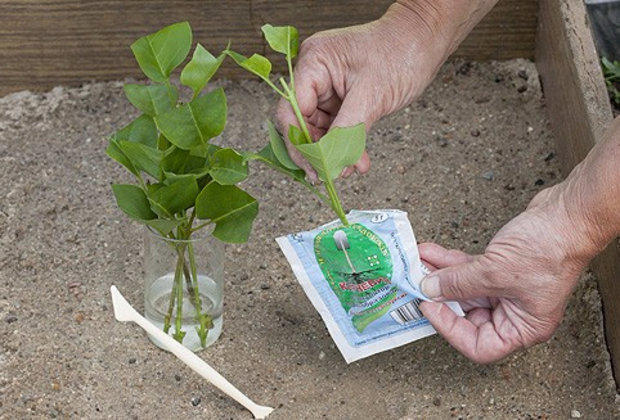
Grow rootstocks from the seeds and vaccinate them. Seed collection – October. You can also sow in the fall, after pouring them out of the boxes and letting them dry. To do this, prepare in advance for the seeds of the flower beds, buried with the first snow on 1.5 cm (0.6 inch), and in the spring you can prepare for growing seedlings.
You can plant the seeds in the spring, but this will require stratification (long-term maintenance of the seeds at low temperature). Somewhere in the middle of March, the seeds are sown in boxes with steamed earth. In different types of lilac, the germination of seeds is different, in ordinary lilac, the seeds germinate in 12-15 days, and in Amur, 2-3 months. After the formation of 4 leaves on the seedlings, the seedlings dive at a distance of 4 cm (1.6 inch) from each other.
In May, the seedlings are planted in a permanent place in the garden. Seedlings for autumn planting are less preferable because of their freezing in winter.
For vaccination, you can take a stock of ordinary lilac, privet or Hungarian lilac. The rootstock is made with an oblique cut, and a cut is also made for the selected cut (an oblique cut at an angle of 45°). The graft is tightly attached to the body, cut and tied with ropes. This method is called copulation, it is the simplest among the methods of vaccination. The siren is also great for grafting on privet.
The types of Lilac
Today, there are many species of not only natural, but also hybrid origin in the culture. Therefore, the number of lilac species is growing rapidly.
Common lilac
While in the gardens more common lilac (Syringa vulgaris), of which there are about 500 different varieties. The flowers are very fragrant, the color scheme is all shades of purple, white. It forms a large number of seedlings, after planting it blooms in 4 years.

- Lilac varieties of Primrose
The only variety of lilac with yellow flowers. The yellow hue appears only at the beginning of flowering, by the end it becomes closer to white.
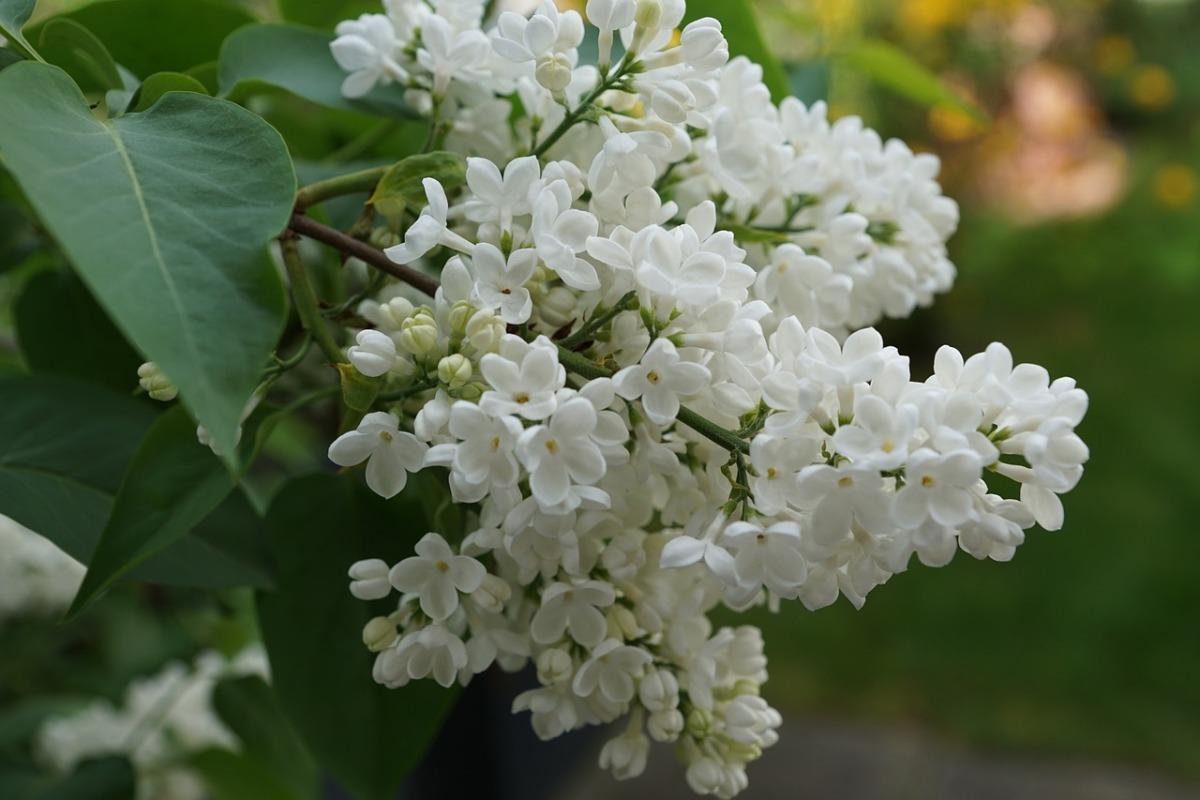
Lilac Terry
Many types of lilac are varieties with double flowers. The flowers are “double”: the first tube with four petals, growing one such. If the second tube has fewer petals, the lilac is called half-terry.
- Lilac Terry varieties Taras Bulba
Late variety, blooms in the third week of May. The flowers are large, delicate, at first dark purple, by the end of flowering fade and change color.

- Lilac double varieties Monique Lemoine
The flowers are snow-white, very large, about 3 cm (1.2 inch) in diameter, thick and plush, the aroma is weak. The buds are an unusual creamy-green shade.
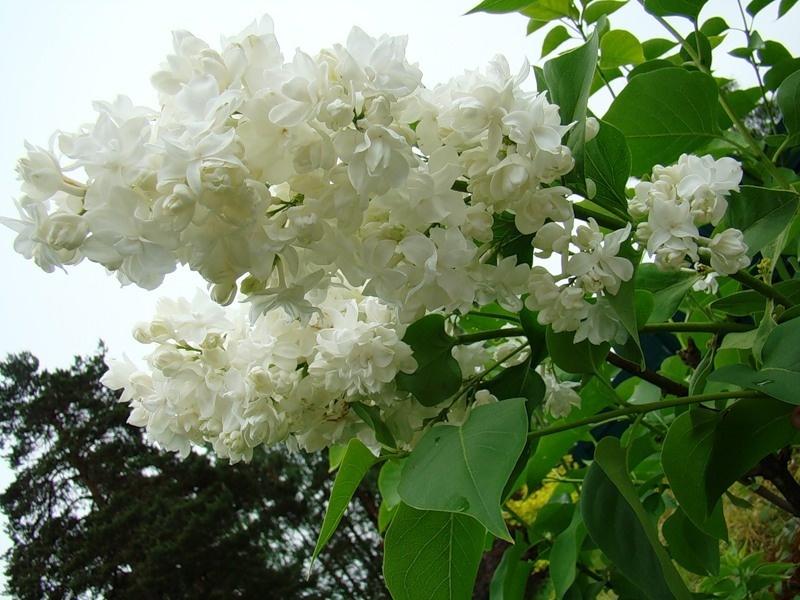
Hungarian lilac
Lilac is very resistant to any adverse conditions – it is not afraid of drought, waterlogging, or frost. Blooms a couple of weeks later than the usual lilac. Flowers on long petioles-tubes, petals sharp, racemes of inflorescences tiered, up to 30 cm (12 inch).

Syringa amurensis
Amur lilac bushes reach 10 m (10.9 yard) in height. The leaves do not differ from the usual lilac, the flowers are small, dense, a shade from white to cream, a very strong aroma. It is resistant to temperature changes in a very wide range, but does not like poor soils. Blooms later, in late July, about 2 weeks.

Hybrid lilac
There are many types of hybrid lilac, formed by natural or artificial hybridization of various natural species of lilac (“hybrid race”). These include the Persian and other heterophilic lilac species. Many hybrids have qualities superior to their parents: they grow faster, do not give roots to seedlings, and bloom early.
- Syringa persica
The bush is not higher than 3 m (3.3 yard), the inflorescence is dense, dense, the flowers are smaller than those of ordinary lilac, very fragrant. It is quite sensitive to low temperatures. Blooms later than ordinary lilac, long and abundant.


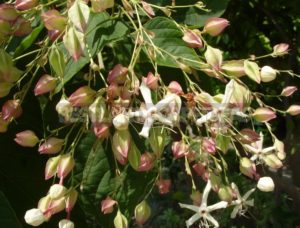
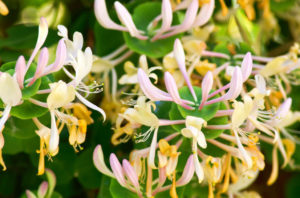

Leave a Reply